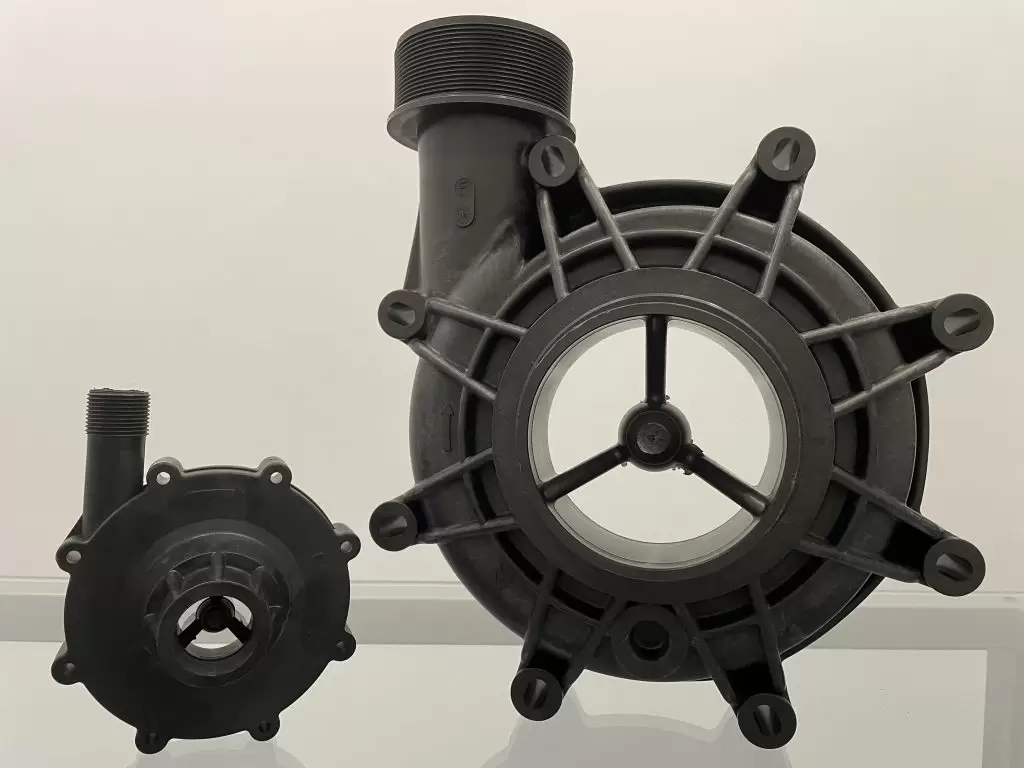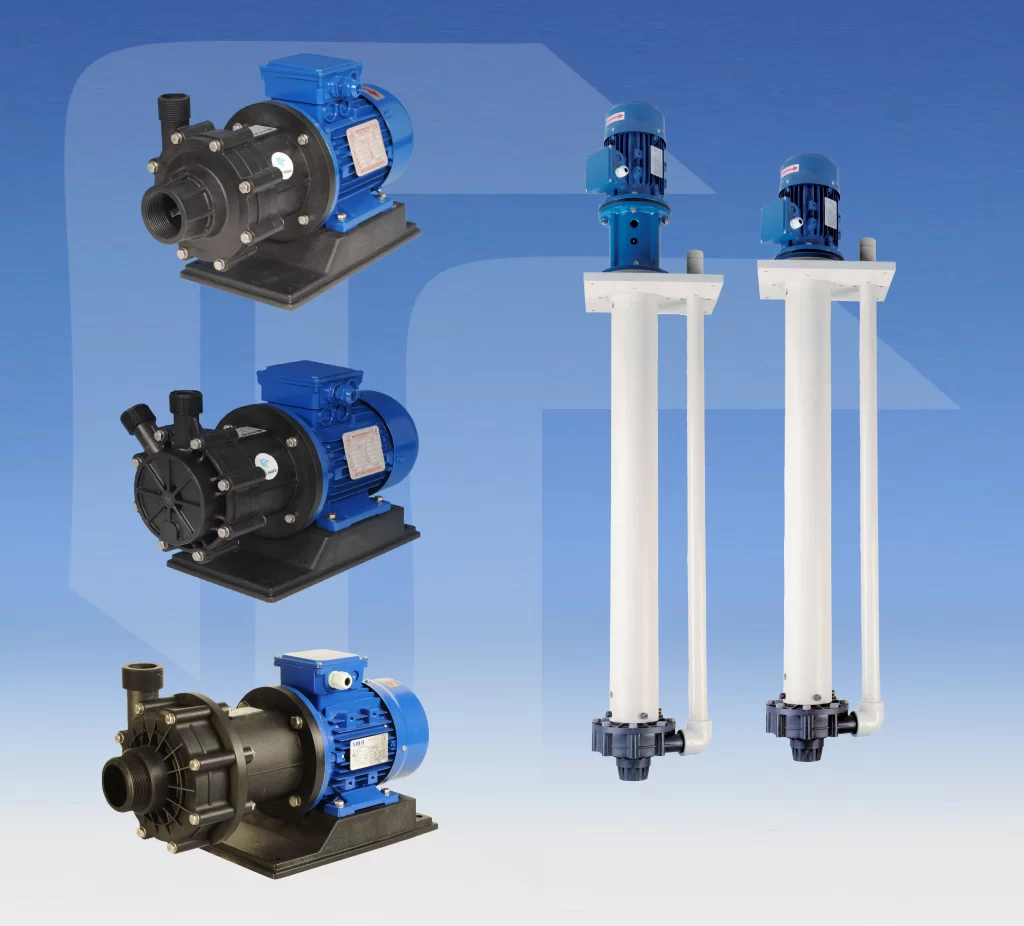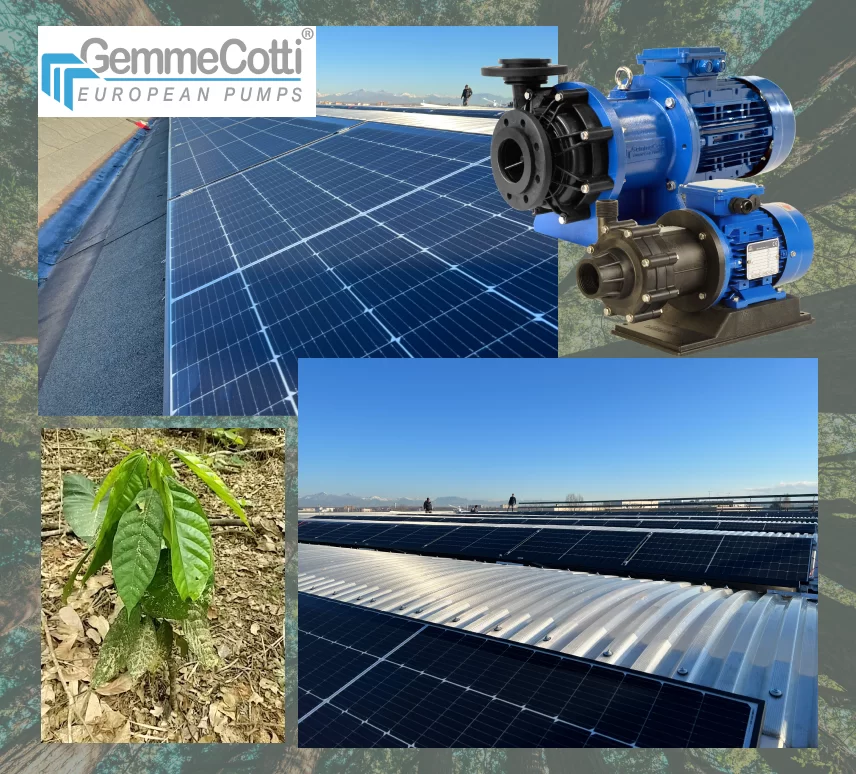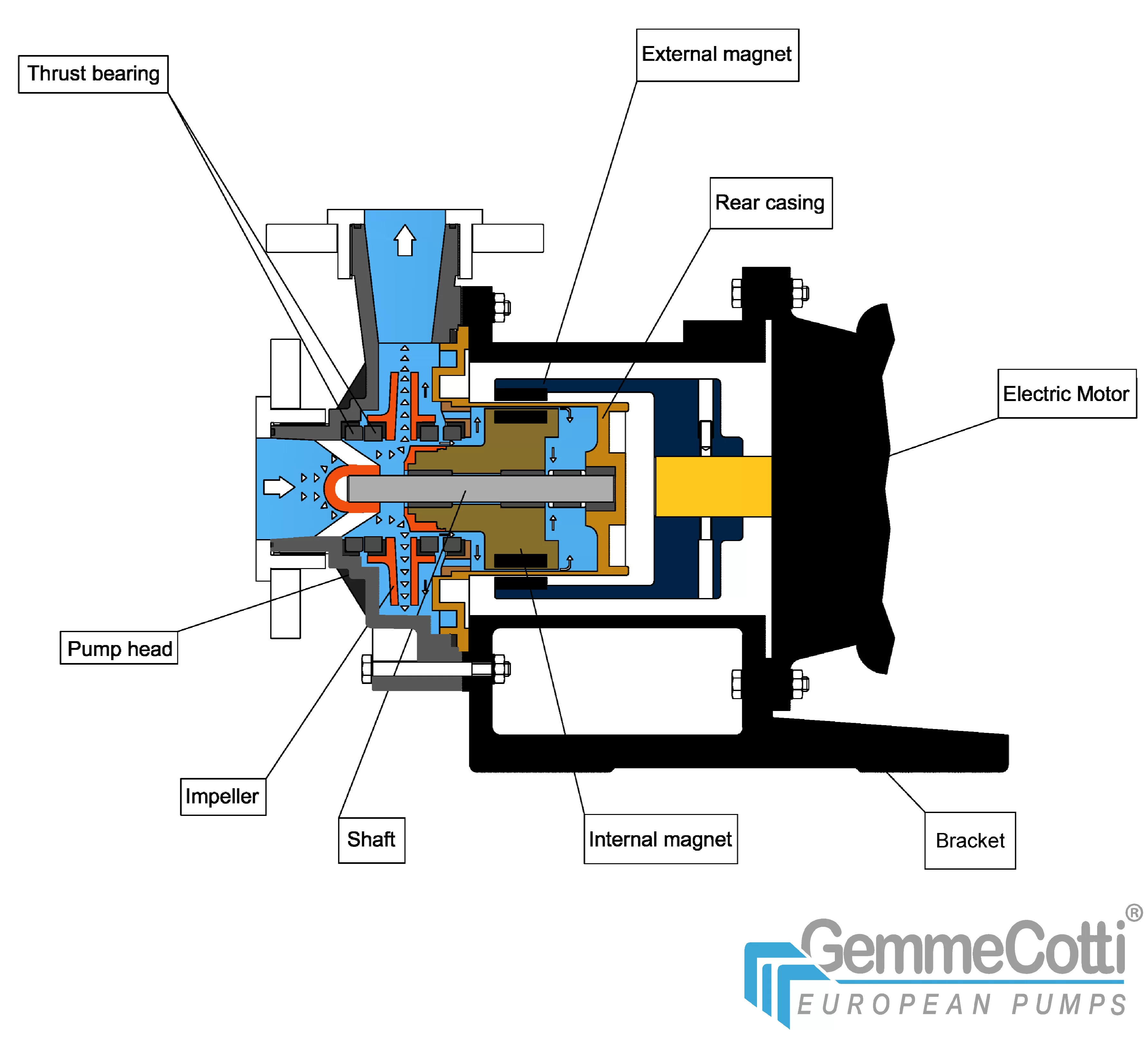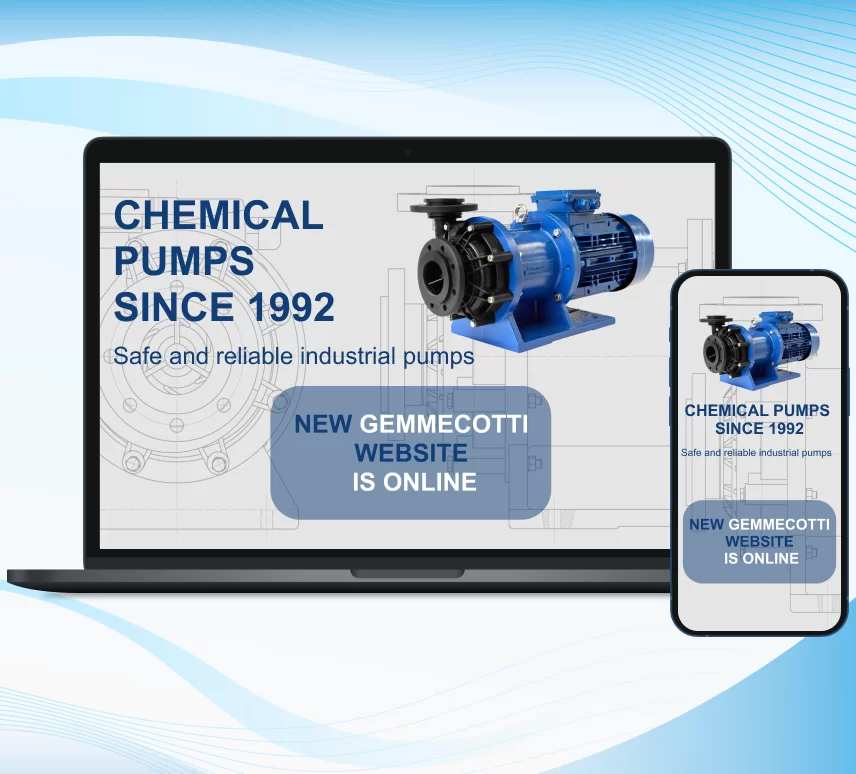GemmeCotti plastic pumps for acids and dangerous liquids
GemmeCotti has been producing pumps for acids and dangerous liquids for over 30 years in special materials: plastic pumps are mainly made of PP (polypropylene) or PVDF and stainless steel pumps are mainly made of AISI 316. The use of these materials ensures compatibility with a wide range of liquids such as acids, bases, oils, alkalis, refrigerants and fuels.
In this article, we will focus on the plastic materials used for the complete range of our chemical pumps. We will analyze their main features and discover why plastic pumps are especially suitable for pumping corrosive and dangerous liquids such as sulfuric acid, sodium hydroxide, hydrochloric acid, acetone, cleaners, petrol, diesel, phosphoric acid and seawater.
Most of the PP and PVDF injected plastic parts used in GemmeCotti pumps are manufactured by Gemme Plast, a part of the GemmeCotti group, which specializes in the injection molding of plastic materials.
Features of the plastic materials
Our pumps are often used with fluids that can be corrosive and very aggressive, so it’s very important to use highly resistant and compatible plastic pumps. The pumps made of plastic materials are:
Polypropylene [PP] pumps
PP (Polypropylene) is the main plastic material we use for our pumps. It is one of the most common polymers and, historically, one of the first to be used in industry.
Polypropylene was discovered in 1954 by Italian chemical engineer Giulio Natta, following the work of Karl Ziegler in Germany. Their innovative studies on stereospecific polymerization, which led to the discovery of crystalline polypropylene, earned them the Nobel Prize in Chemistry in 1963.
PP is highly resistant and therefore can be used with many fluids like caustic soda (or sodium hydroxide) and acid liquids. Polypropylene is reinforced with other materials like glass fiber and talc to make it more mechanically resistant and to ensure a higher resistance to pressure.
Polypropylene is perfect for obtaining injection molded parts, and the pumps made of this material can safely withstand fluid temperatures of about 60-70°C.
Plastic pumps in PVDF
The second most important material we use for GemmeCotti plastic pumps is PVDF, which is a fluoropolymer, i.e., a technopolymer with advanced properties. Its composition makes it chemically inert to most chemicals. Since this kind of plastic is difficult to synthesize and is used in more limited and specialized sectors, it costs more than PP. However, It is significantly more resistant to high temperatures compared to polypropylene and it can be used at higher temperatures, up to 90°C.
This material too is reinforced to increase its mechanical resistance.
How to choose the most suitable pump material
In order to decide whether PP, PVDF or stainless steel AISI 316 is the most suitable material you must:
- first, know the liquid that has to be pumped, which is in contact with the pump and verify its compatibility. You can use the GemmeCotti chemical compatibility chart available at this link;
- and then know the temperatures of the liquids to be pumped. Polypropylene is the most suitable plastic material for liquids with maximum temperatures of 60-70°C, while PVDF is preferred for temperatures up to 90 ºC. When the temperature of the liquid exceeds 90 ºC, you can check its compatibility with stainless steel AISI 316, a material that can work with even higher temperatures.
Plastic injection molding
The GemmeCotti group includes the sister company Gemme Plast, which makes injection molded parts. Plastic parts are injection molded, a production technique widely used for the processing of most thermoplastic polymers. We produce plastic parts that are used for the production of GemmeCotti pumps and that is why we are able to control the quality of our production and guarantee our customers fast delivery with significant savings.
Gemme Plast has a range of different tonnage presses, which make it possible to inject plastic parts of various sizes according to need. So we can offer pumps with a very wide range of performance, varying from 0.5m3/h to 150m3/h.
